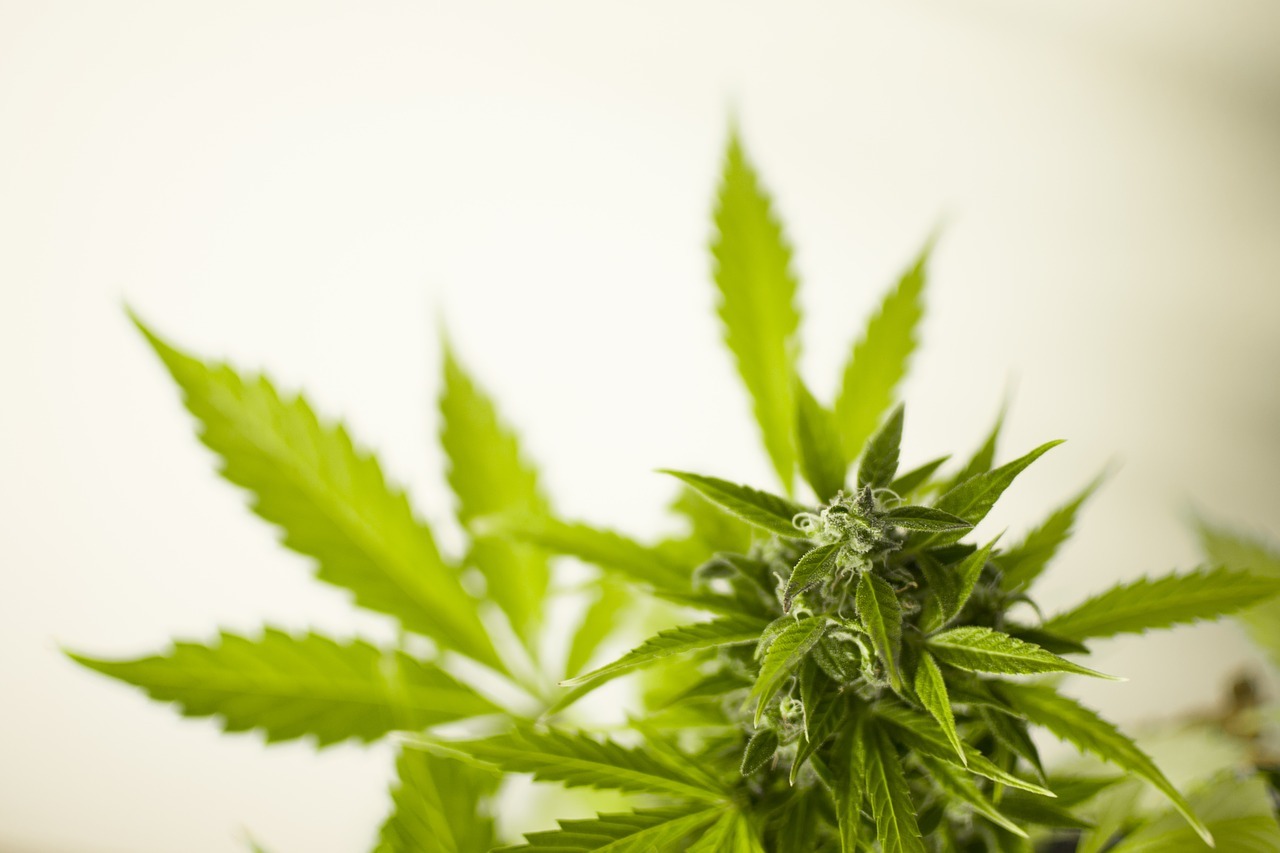Like every other living thing, cannabis plants go through a series of stages in their life cycle. As a cannabis grower, it is important to understand the changes the plant undergoes during each stage. Different phases call for different requirements in light, water, and nutrients. This article will focus on the plant’s last phase of their life cycle – the first signs of flowering stage as well as the different weeks leading up to harvest time.
The flowering stage of the cannabis plant
While many might think that after an entire season of looming over your cannabis plants, they can finally relax during the last phase of the plant’s life cycle, it is time to think again. As much as possible, it is important to avoid any slip-ups during the bloom phase as these can greatly affect the quality of the final product. Many growers might even dare to say that this stage requires more attention than the earlier stages. Understanding the requirements needed for this phase may be tricky but with a few simple tricks and some practice, it will get easier over time.
During the first part of the plant’s life called the vegetative state, the plant will grow like any other weed. Its focus will solely be on growing new stems and leaves. During this stage, your plant can recover from just about anything, including problems with injury or infestations. The flowering stage, unfortunately, is not as easy.
Changing grow lights
The first signs of flowering stage will begin naturally when you transition your plants to a 12/12 light cycle. This means subjecting them to 12 hours of light and 12 hours of darkness each day. Because of the 12 hours of uninterrupted darkness, the plant will begin to think that the days are getting short so it is time to start making buds. There is a catch, however. Your plants need to receive absolutely no light during its 12 hours of darkness because if that darkness is interrupted for even just a few seconds, your plants can become hermaphrodites, and all hard work will be wasted.
The flowering stretch
During this stage, which lasts around one to three weeks, you will notice your plants grow like crazy and produce a lot of new leaves and stems, all of which are necessary for a bountiful harvest. Many cannabis plants will grow to double their height right after being switched to a 12/12 light cycle, thus the term called “the flowering stretch.” It is important not to stunt your plant’s growth at this time as this can upset the hormones of the plant and have dire effects on your final harvest. If, however, you observe that you are running out of headspace in your indoor grow room, simply apply LST (low-stress training) on your plants. This entails gently bending the stretching stems to manipulate its shape and maintain a flat canopy. Don’t worry, LST is a growing technique that has been proven to produce higher yields of up to 40% or more.
Gender reveal
This is also the phase when your plants will start to reveal their sex. You might start to see some white pistils on your female plants but don’t get too excited as these are just “pre-flowers” and they will not be growing any real buds until the end of the first month. Your male plants will also start to grow distinct pollen sacs. If you want to make sure you can grow THC-rich marijuana buds that you can smoke, these male plants must be removed from the grow room or space immediately. Otherwise, they will pollinate your females and cause them to grow seeds instead of useable buds.
Nutrient requirements
Once you have entered the flowering phase, it is important to keep an eye on the nutrients you are giving your plants. At this stage, they will need a different set of nutrients from the earlier phases.
The main nutrients for all cannabis plants are N-P-K, which stands for Nitrogen, Phosphorus, and Potassium. When the plants have entered the bloom stage, they will become very sensitive about their nutrient intake. While Nitrogen is the essential building block during the vegetative or growing phase, Phosphorus and Potassium are now the priority at the first signs of flowering stage. They will need the concentrations of these two nutrients to be increased progressively while the Nitrogen concentrations to be decreased. Phosphorus supports the needed transfer of the energy required for flowering and root development. Potassium, on the other hand, helps your plants grow thicker and firmer stems and branches. The good news is that there are several flowering formulas available in the market today and you can easily get from any local and reputable grow shops. These formulas are specifically created to meet the demands of the cannabis flowering period. Make sure to keep a close eye on your crops to avoid any major health concerns that will ruin your harvest.
Growing requirements
During each of its different phases, your plant will thrive best at different temperatures and humidity levels. Once your plant shows its first signs of flowering stage, set the room temperature to a comfortable level of 18 to 26 degrees Celsius. This range is ideal for your plants as it encourages rich, potent buds that are filled with trichomes. Avoid extreme temperatures, like going very low (under 5 degrees) to very high (over 28 degrees) as these can stunt your plant’s growth. Similarly, humidity levels should be kept ideally between 40% to 50% in this stage because anything beyond or below this will lead to problems, like fungi and mold.
The blooming stage of your cannabis plants is the period when they grow their buds. Guiding your plants through the first signs of flowering stage can be pretty intimidating, especially for novice growers. It is however that they are provided with the right growing and nutrient requirements to ensure you end up with a great harvest.
